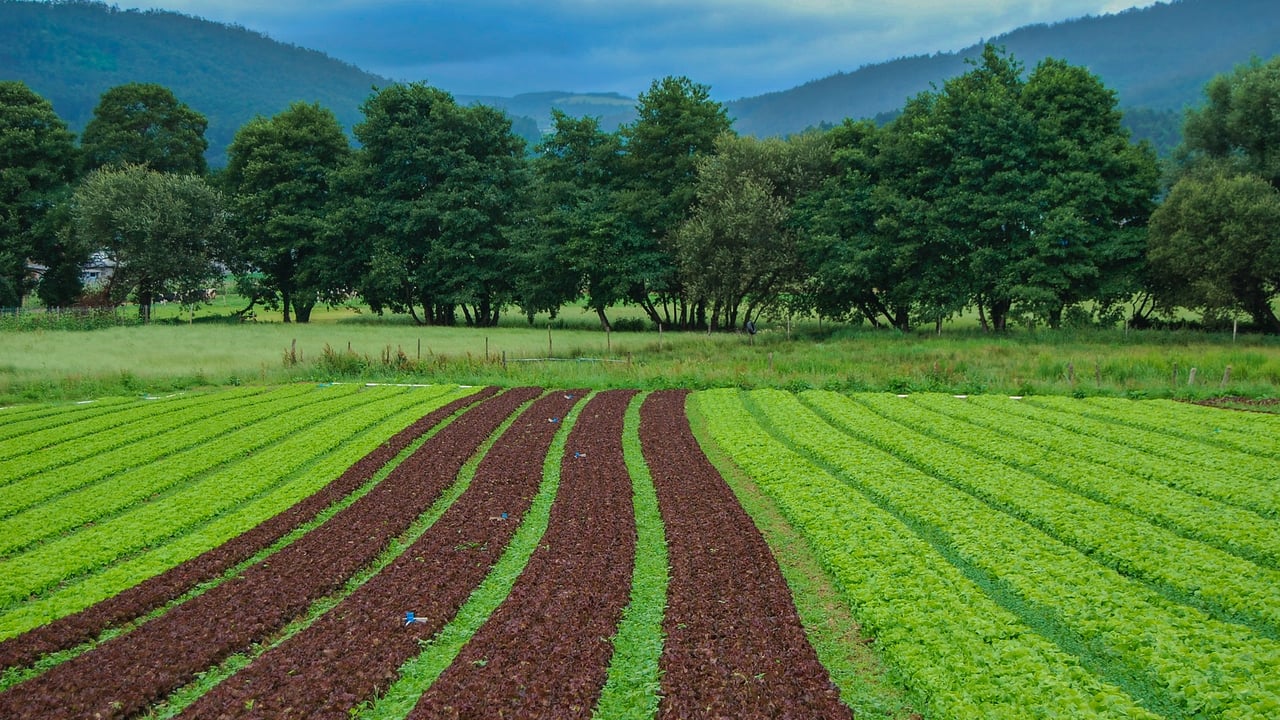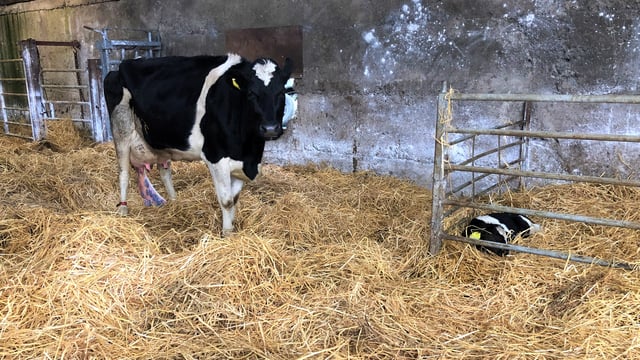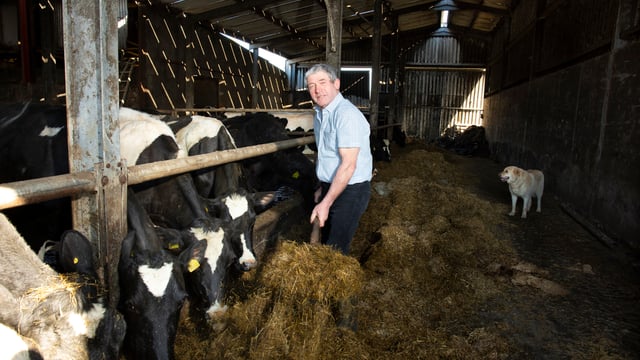Tillage: Phosphate versus phosphite
Potential phosphite fertilisers have recently been looked at as a source of plant phosphorous (P), given that phosphate can be easily locked up in soils.
Prof. Mike McLaughlin, from the University of Adelaide in Australia, gave his view on the matter during his contribution to the most recent Tillage Edge podcast.
“The big problem is that plants can’t take up phosphate very easily," he explained.
“In addition, phosphate can also get locked up in soils," he added.
Phosphite study
McLaughlin said that he is aware of only one scientific study, within which a benefit of adding phosphite was identified.
“It involved a crop that was genetically modified to allow the polnts convert phosphite to phosphate," he stated.
McLaughlin also discussed the role of silica, an oxide of silicon, in soils.
“The chemical is very abundant in soils," he explained.
“However, there has been work on certain soils, particularly those that have been highly weathered, to indicate that they will generate a good response to silica.
“This is particularly so with many of the red soils found in Australia.
According to McLaughlin, the addition of silica has generated a growth response in sugar cane.
“This work has been repeated in a number of countries where highly weathered soils are found,” he further explained.
“The response has been generated from the addition of soluble silica. This is good work; it has been peer reviewed.
“Silica is often promoted as a chemical that can interact with a lot of things in plants.
McLaughlin acknowledged that there may be other aspects of silica that could be useful in terms of crop production.
“Generally speaking crops don’t need silica form the soil, the exception being those specific locations where a defined deficiency of the chemical has been identified," he concluded.











